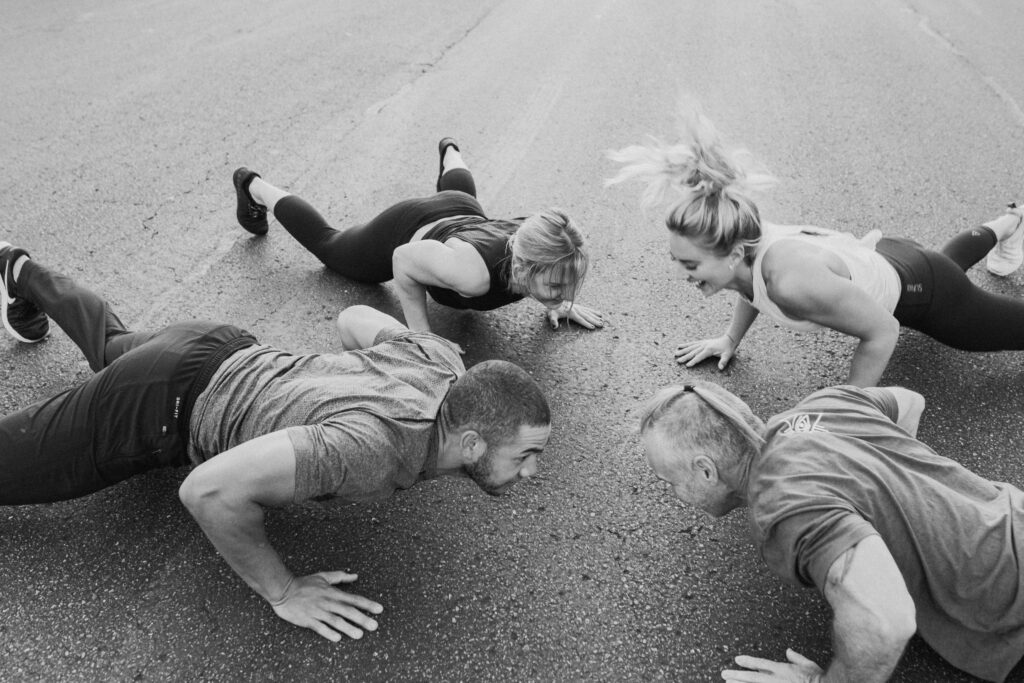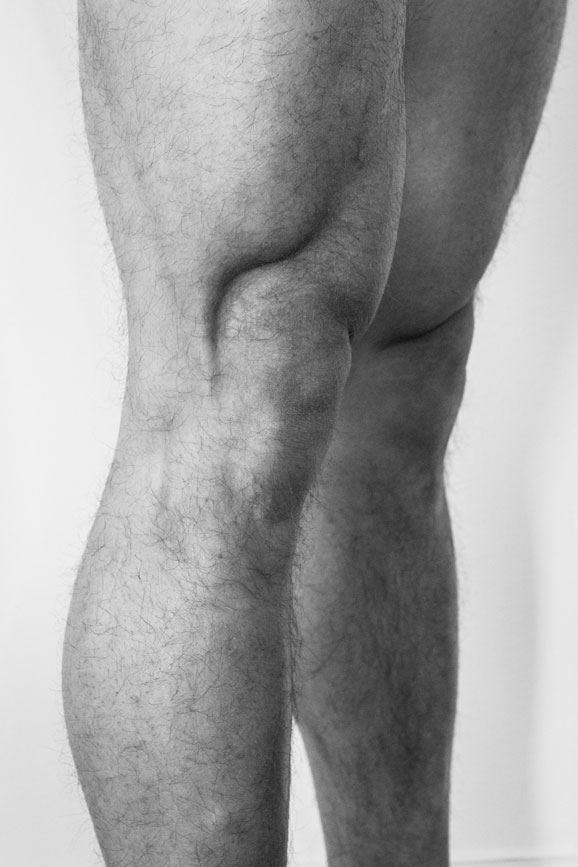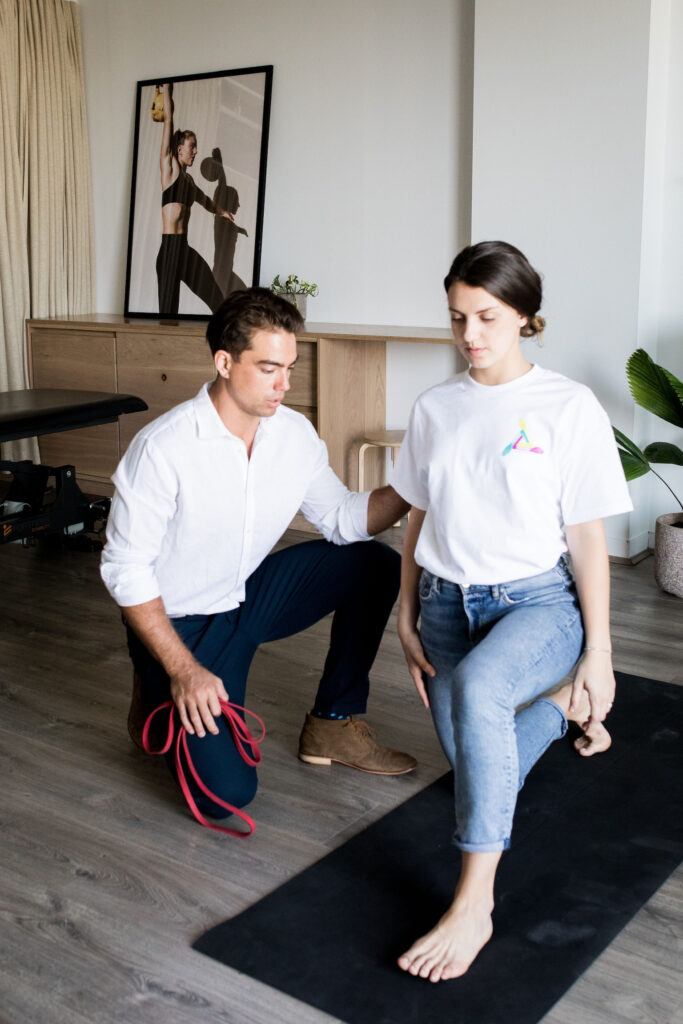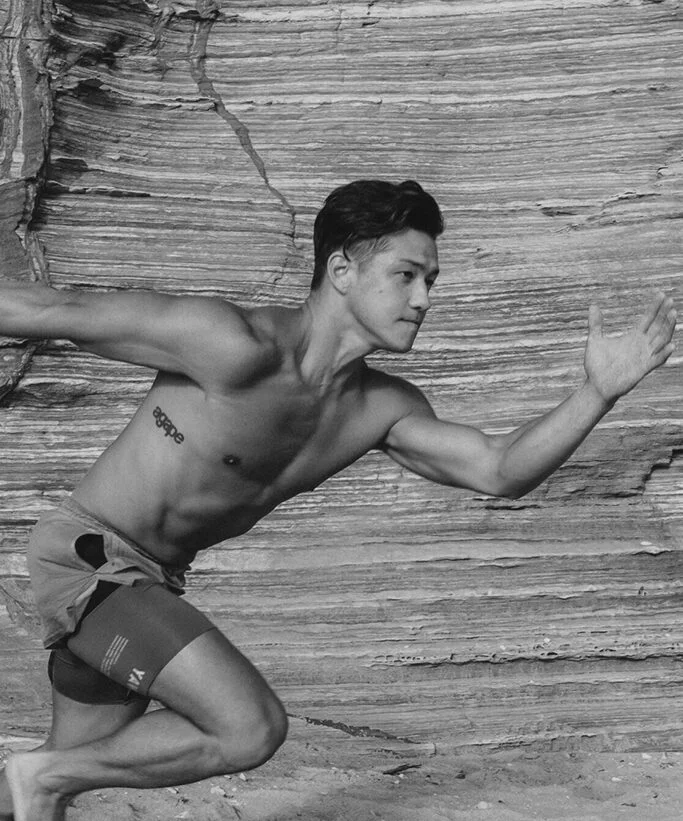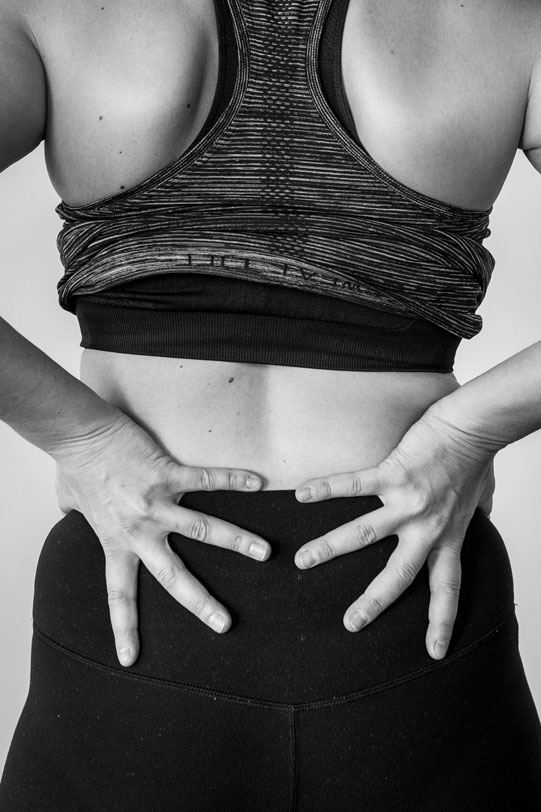What Are Sore Muscles? What Does It Feel Like?
If you’re starting to exercise for the first time or after a long break, you may have experienced sore muscles after a workout. This is also known as Delayed Onset Muscle Soreness or DOMS. DOMS is also a common experience for both elite and novice athletes. The feeling can range from mild muscle tenderness to severe debilitating pain (ouch). While DOMS is extremely common among people who exercise, the mechanisms, treatment strategies and the impact on athletic performance remain uncertain.
So if you’re thinking should I workout with sore muscles, the answer is yes! However, care must be taken to vary the exercise intensity to prevent injury. It’s essential also to have an understanding on what causes muscle soreness, and how your body responds to it in order to decide the best recovery plan to take. Read on to find out more about what causes sore muscles, how to alleviate symptoms, how to prevent muscle soreness, and practical advice from an expert physio on the question that many have asked – should I workout with sore muscles?
When Do You Get Sore Muscles?
For non-athletes, it’s common to experience muscle soreness after gym workouts, especially if you’re just starting out with exercise or weight training or returning to exercise after break. Sometimes you may also feel your legs ache at night. It is usually not a cause of concern and fades after regular activity.
For athletes, sore muscles is most prevalent at the beginning of the sporting season when athletes are returning to training after a period of reduced activity. It is also common when athletes are first introduced to certain types of activities, regardless of the time of year. Eccentric activities, which involve lengthening a muscle while it is under tension, induce micro-injury at a greater frequency and severity than other types of muscle actions. The intensity and duration of exercise are also important factors in DOMS onset.
What Causes Sore Muscles?
There are several theories that can be attributed to the cause of sore muscles:
- Lactic Acid Theory – This theory suggests that the accumulation of lactic acid in muscles during exercise causes sore muscles after a workout.
- Muscle spasm theory – This theory suggests that muscle spasms or cramps cause DOMS.
- Connective tissue damage theory – This theory suggests that tiny injuries to the connective tissue surrounding the muscle causes soreness.
- Muscle damage theory – This suggests that the tiny injuries to the muscle fibers themselves cause soreness.
- Inflammation theory – This theory suggests that muscle soreness can occur due to the body’s immune response to the micro-injury.
- Enzyme efflux theory – This theory suggests that sore muscles can develop when the micro-injury causes an increase in enzymes that damage muscle tissue.
With all this being said, there isn’t much strength in the claim that anyone of these hypotheses can specifically answer the fundamental question – what causes sore muscles. In fact, scientists suggest that it is likely a mix of all of these theories contributing to an athlete’s muscle soreness issue, depending on what they have done.
Should I Workout With Sore Muscles?
Sore muscles can affect athletic performance by increasing feelings of joint and muscle stiffness, hampering the body’s ability to handle shock and decreasing a person’s ability to produce max force. Alterations in muscle sequencing and recruitment patterns with movements may also occur, causing unaccustomed stress to be placed on muscle ligaments and tendons. These compensatory mechanisms may increase the risk of further injury if a premature return to sport is attempted.
Exercise is the most effective means of alleviating pain during DOMS, but the analgesic effect is also temporary.
Athletes who must train on a daily basis should reduce the intensity and duration of exercise for one to two days following intense DOMS-inducing exercise. Alternatively, exercises targeting less affected body parts should be encouraged to allow the most affected muscle groups to recover. Eccentric exercises or new activities should be introduced progressively over a period of one or two weeks at the beginning of, or during, the sporting season to reduce physical impairment and/or training disruption.
Its also important to make sure you warm up your muscles well before any rigorous activity. By knowing how to warm up for a run or any other sporting activity, you can help protect yourself from potential injury. If you do enjoy running, read our blog on top tips for runners to prevent injury to help you run safely.
So if you’re thinking, should I workout with sore muscles, yes, pushing through it might be the way to go, however, a consultation with a physio or a fitness trainer is recommended to help you achieve sustainable and optimum results in the long term.
How Is Muscle Soreness Treated?
Several treatment strategies have been introduced to help alleviate the severity of DOMS and to restore the maximal function of the muscles as quickly as possible. Nonsteroidal anti-inflammatory drugs (NSAIDs) have demonstrated dosage-dependent effects that may also be influenced by the time of administration. Massage has shown varying results that may be attributed to the time of massage application and the type of massage technique used.
How To Prevent Muscle Soreness?
To prevent DOMS, it’s best to gradually introduce eccentric exercises or new activities, and to give yourself time to recover from high-intensity workouts. Exercises targeting less affected body parts should be encouraged in order to allow the most affected muscle groups to recover.
In Conclusion
- DOMS is a common experience for active people either coming back to training after a period of inactivity or trying new things.
- There are a number of theories that describe how DOMS occurs. Scientists believe that its a combination of these theories that results in DOMS.
- Anti inflammatories and massage have been shown to be effective in managing DOMs. But still exercise is the best. It’s recommended that you decrease intensity and volume of training over the next 2 days to flush the body out. This can help reduce the intensity of muscle soreness after gym.
Pro-Form Physiotherapy is a physio and allied health centre in Bella Visa and 4 other locations in Sydney specialising in sports injuries, women’s health, exercise physiology, massage therapy, podiatry rehabilitation programs and much more. If you’re experiencing muscle soreness or discomfort, why don’t you book an appointment with us? Our team of experienced physiotherapists can help alleviate the severity of sore muscles and restore the maximal function of your muscles as quickly as possible.
- Written By Andy Pedrana (Physiotherapist)
- Last Updated On 14 Nov 2023
